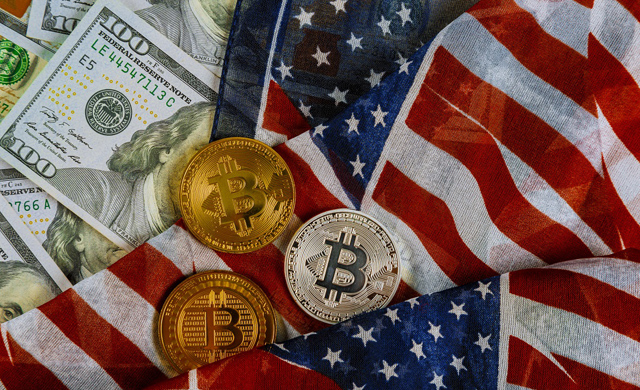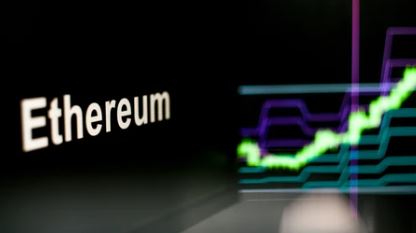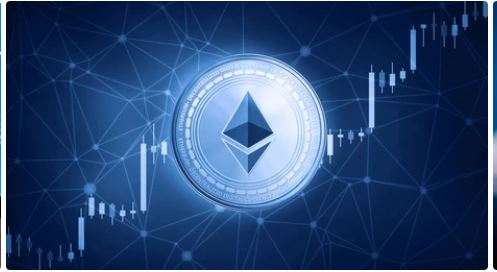We currently live in a world where uncertainties abound. We may be fair to say events are looking less gloomy compared to the year-ago period when COVID-19 was stirring a lot of doubt per the global economic and monetary stability. The pandemic in many regions has accelerated the rate of poverty, with inflation biting hard amidst low interest rates being implemented by monetary authorities around the world.

Almost every nation has been hard beat by the COVID-19 pandemic, although some got a bigger share of the strain. In the United States, government officials have been reportedly keeping up pace with the economic strain being experienced in the past year, a position many see to be conflicting. Despite the efforts, the Feds claim to be putting in, the Consumer Price Index (CPI) rose 0.6% in March, and by 2.6% from the year-ago period.
Inflation concerns in America are concerning as what tilts the world’s biggest economic powerhouse translates in a way to other economies. The current interest rate is dwarfed by the projected inflation forecast for the future. In a recent interview with CNBC, David Roche, president of investment firm Independent Strategy expressed his concerns about how investors are underestimating the outlook for consumer prices. Roche stands amongst the strategists who believe inflation rates could explode in the near term.
“My own view is that we will see inflation of probably 3 or 4% by the middle of next year and that is completely inconsistent with, say, U.S. 10-year bond yields being at 1.6%. That yield could easily double, and when it does, then you come to the crunch point that markets are going to experience,” he said.
The reasons he cited include the rise in demand fueled by excess cash accumulations during the COVID-19 laden months and a less efficient government which could mean increased price hikes. While investors appear to be unmoved by the long-term effects or impact of the soaring inflation rate, Americans are seeking out ways to prepare for any probable windfall that events in the past year.
The options to tackle this anticipated inflation are now largely limited, basically to Gold and Bitcoin (BTC). While Gold’s relative price stagnation over the past year has disqualified it from this role which it has held for decades, Bitcoin’s surge by over 500% compared to the year-ago period has stirred a lot of positive sentiments about the nascent digital currency.
Bitcoin as a Hedge Against Inflation
The narrative supporting the potentials of Bitcoin as a hedge against inflation is currently being championed by a growing list of staunch believers. The cryptocurrency news media is somewhat divided about the role of Bitcoin to help hedge against inflation due to its history of extreme volatility.
The price gains of Bitcoin over the years have always trended either with respect to any rise or drop in inflation indices across the board. As an expository analogy, an earlier Fortune report tracked the correlation between the Breakeven Inflation Rate or BEI and BTC. Per the report, when the BEI surged from 1.96% to 2.2% between January and February, Bitcoin tanked overnight by 20% to $46,540 on February 23. Conversely, from March 3 of 2017 to December 10 of the same year, the BEI dropped from 2.04% to 1.94%, while Bitcoin’s price skyrocketed 13-fold from $1,280 to $16,682.
This trend shows Bitcoin price soars irrespective of the inflationary sentiments per time, a move that many analysts believe brings as much uncertainty as to the unstable Fed’s policies as a whole.
Bitcoin proponents are however choosing the positive side of the digital asset, drawing on the fact that only 21 million of the coins can be mined, a feature which deflates its supply. This can continually push up its valuation with increasing demand, a move which has notably pushed the price of the coin to an all-time high (ATH) above $64,000. Amongst the proponents of Bitcoin are institutional investors of which MicroStrategy Incorporated (NASDAQ: MSTR), and Tesla Inc (NASDAQ: TSLA) amongst others are already shoring up their balance sheets with Bitcoin as their preferred reserved asset.
Bitcoin’s growth is one of its greatest appeals as a hedge against inflation and can also serve as its major bane due to unforeseen price reversals. However, the flow of institutional funds has helped maintain a high threshold above $45000, sustaining the ongoing bullish trend. Many proponents believe the digital currency ecosystem is attaining stability, a development that may help prevent sharp drops in the prices of BTC and other altcoins.
Bitcoin as a Hedge for Bad Monetary Governance
Besides its role as a hedge against inflation, Bitcoin is also being used as a financial tool to combat monetary policies in various regions. With restrictions or defined limitations in cash remittances, many have turned to BTC and other digital assets to serve as a worthy substitute.
The decentralized nature of Bitcoin also makes it impossible to ban the digital currency, a feature that is making people globally adopt the coin as the best option to avoid governments’ undue monetary control.

 Hot Features
Hot Features












